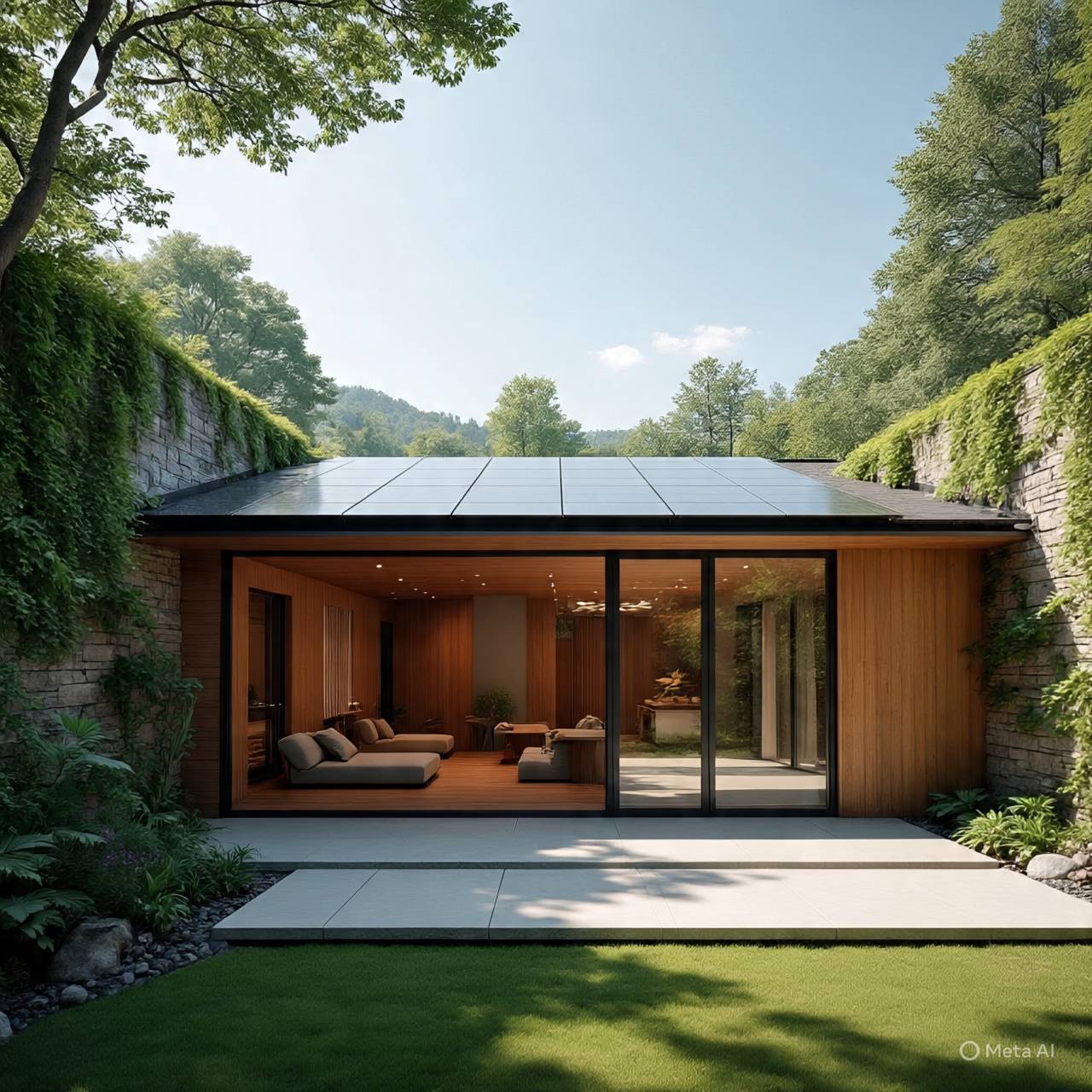Creating a sustainable home involves making choices that reduce environmental impacts, conserve resources, and promote a healthier living environment. Sustainable homes aim to minimize energy consumption, water use, waste generation, and use of harmful materials. By implementing sustainable practices and design, homeowners can reduce their ecological footprint and create a more livable space.
Energy efficiency is a key aspect of a sustainable home. Using energy-efficient appliances, LED lighting, and improving insulation can reduce energy consumption and lower greenhouse gas emissions. According to a report by the U.S. Department of Energy, energy-efficient homes can significantly reduce energy use [DOE]. Smart home technologies can also optimize energy use.
Water conservation is important in sustainable homes. Installing low-flow fixtures, using water-efficient appliances, and implementing rainwater harvesting systems can reduce water use. Research by the Environmental Protection Agency highlights the benefits of water conservation in reducing water demand and protecting resources [EPA]. Water-saving practices contribute to sustainability.
Sustainable materials and practices in construction and interior design reduce environmental impacts. Using recycled or sustainable building materials, minimizing waste, and choosing non-toxic finishes contribute to a sustainable home. According to a report by the National Association of Home Builders, sustainable building practices can enhance environmental performance [NAHB]. Choosing sustainable materials is part of green building.
Reducing waste and recycling are part of creating a sustainable home. Minimizing waste generation, recycling materials, and composting organic waste reduce environmental impacts. Research by the EPA emphasizes the importance of waste reduction and recycling for sustainability [EPA]. Effective waste management is a component of sustainable living.
Indoor air quality is important for health in sustainable homes. Using low-VOC (volatile organic compound) materials, ensuring good ventilation, and minimizing use of harmful chemicals promote healthier indoor environments. According to a report by the World Health Organization, indoor air quality impacts health [WHO]. Sustainable homes consider indoor air quality.
In conclusion, creating a sustainable home involves energy efficiency, water conservation, use of sustainable materials, waste reduction, and promoting indoor air quality. By focusing on these areas, homeowners can create more sustainable and healthier living spaces.


